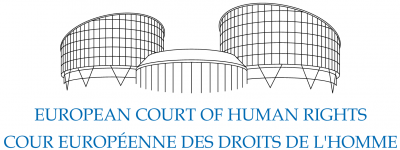The European Convention on Human Rights is an international treaty to protect human rights and fundamental freedoms in Europe. It came into force in 1953.
The protection of the rights and freedoms are available to all people regardless of
![]() nationality,
nationality,
![]() gender,
gender,
![]() national or ethnic origin,
national or ethnic origin,
![]() race,
race,
![]() religion,
religion,
![]() disability
disability
The Convention was written by the Council of Europe and signed by its members.
The Council of Europe, based in Strasbourg, France, promotes cooperation between countries of Europe in human rights, the rule of law, democracy and culture. It has 47 members. It has nothing to do with the EU.
All member states of the European Union have accepted the European Convention on Human Rights as the law of their lands. It became law in the UK under the Human Rights Act of 1998.

Individuals who may wish to appeal against a judgment in a human rights case, given in a national court, can take their case to the European Court of Human Rights in Strasbourg. |
The President of the Court, is Icelandic-Italian jurist, Judge Robert Spano. Judge Spano is a former vice-president of the Court and was elected to his new role in May 2020.
The European Court of Human Rights is not to be confused with
| The European Court of Justice in Luxembourg that deals with EU law | |
| The International Court of Justice in the Hague that deals with disputes between countries outside the EU |
Two recent cases involved the UK - you can see more about them here.

